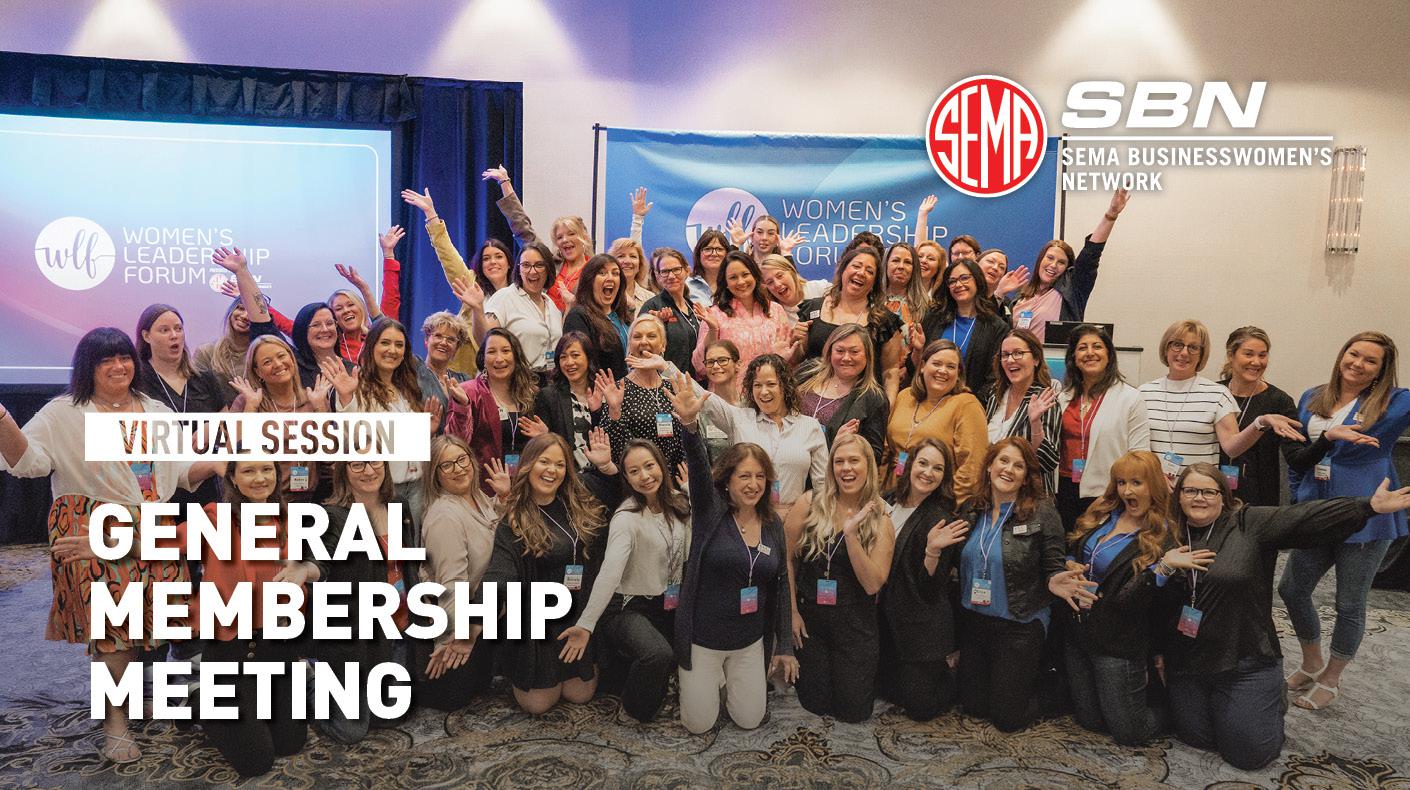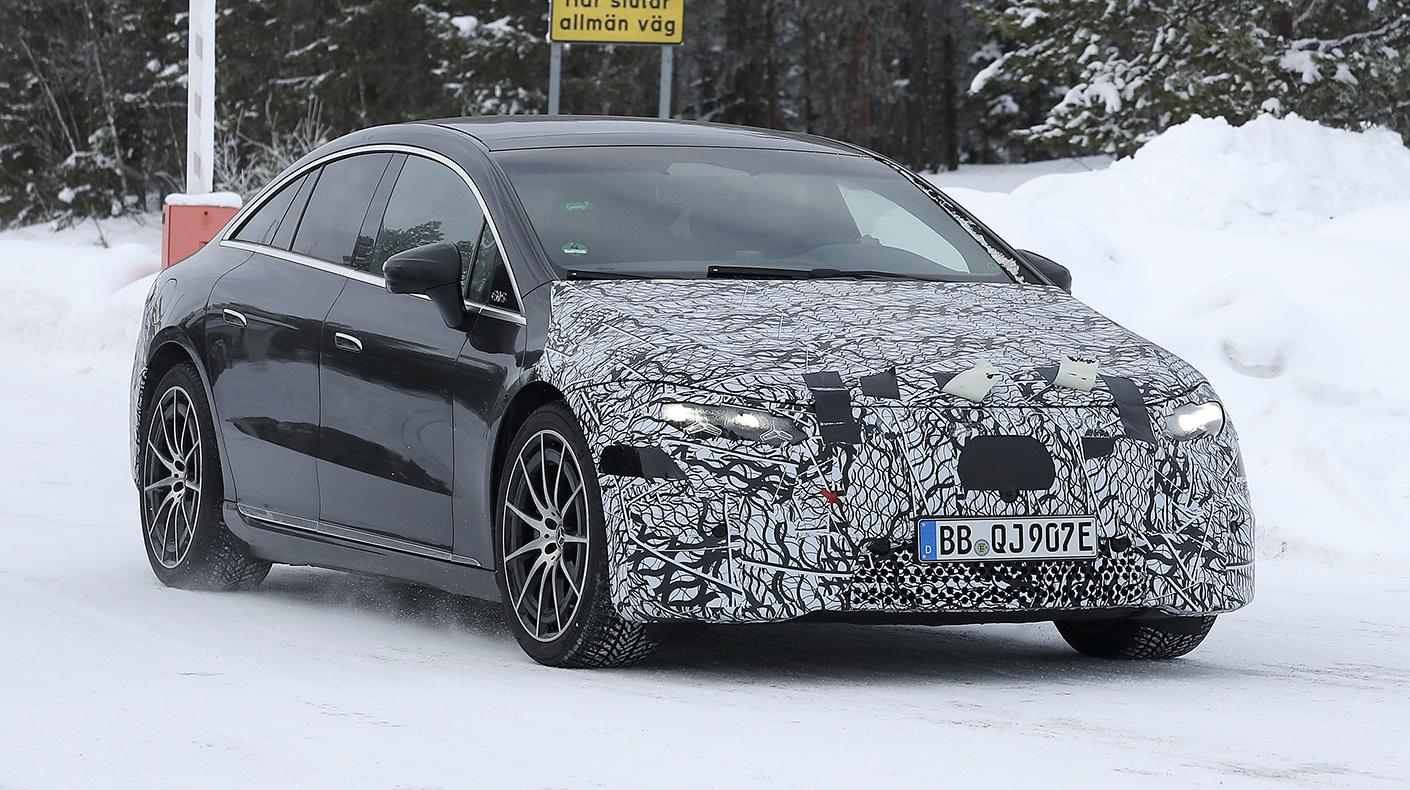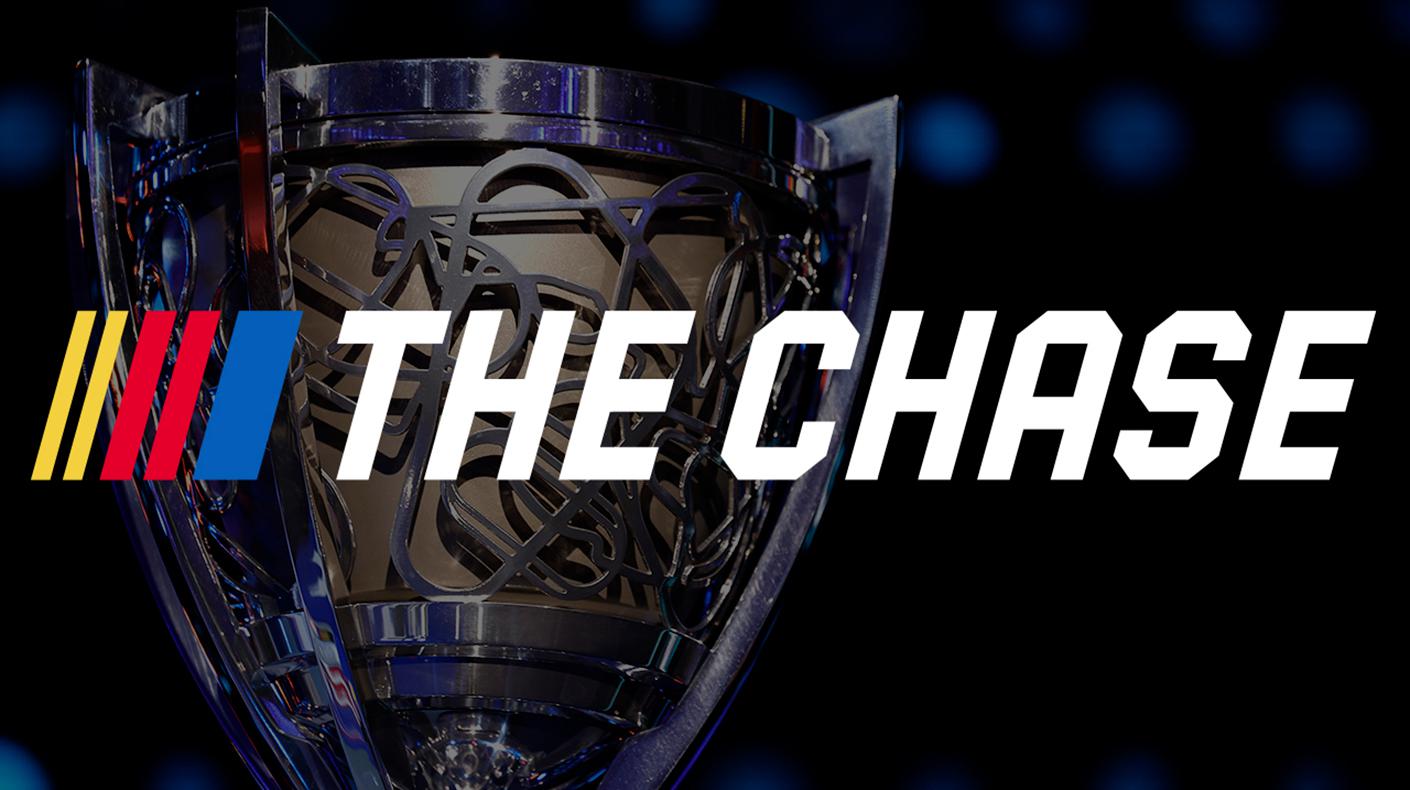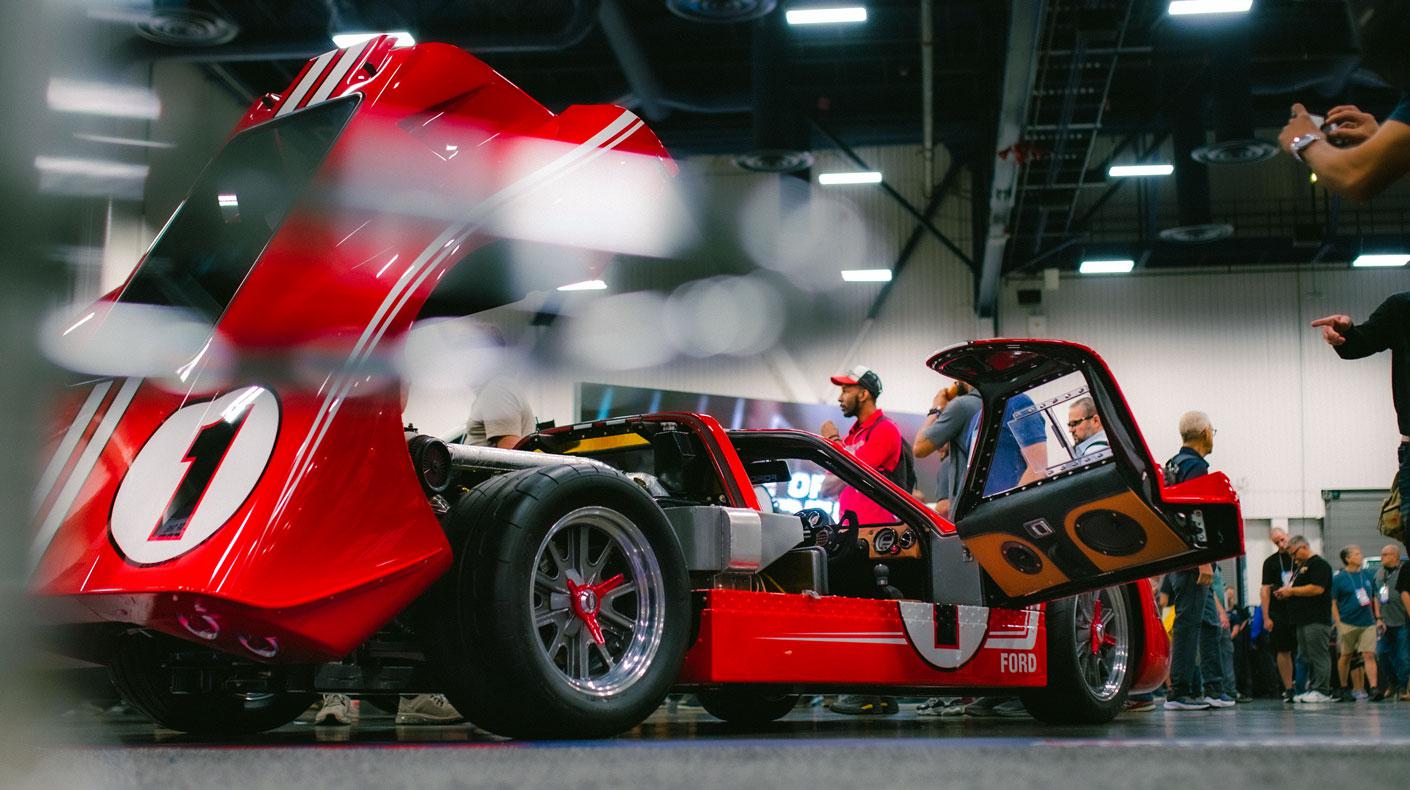Accessories Can Rev Dealer Profits
Editor’s Note: SEMA commissioned Hedges & Company to complete a research project on behalf of its membership on auto dealership participation and interests at the SEMA Show. This article is a summary of various results from that project.

Dealership consolidation and shrinking profit margins have created an extremely competitive business environment for auto dealers. Even the parts and service department—often relied on as a mainstay of strong revenue for many dealers—is showing signs of dwindling income as better-built cars last longer and need fewer repairs. In search of ways to boost new-vehicle sales and generate revenue, more and more dealers are turning to specialty-equipment parts and accessories.
Attendance data from the 2006 SEMA Show points to growing dealer interest in specialty-equipment products. The number of dealerships attending the 2006 Show increased by 10% from the previous year even though the number of dealerships decreased during that time. More than 4,500 vehicle dealers representing approximately 2,500 dealerships attended the Show. The number of international auto dealers increased by 28% and included attendees from 61 countries and U.S. territories.

“There are several factors drawing more dealers to the SEMA Show,” said Ellen McKoy, SEMA senior director of dealer relations. “One is the fact that dealers are looking for new revenue streams and innovative ways to merchandise their vehicles. They are also looking for new ways to market their dealerships and attract customers they may not have traditionally attracted in the past.”
Peter MacGillivray, SEMA vice president of marketing and communications, said growing auto dealer participation in the Show is just the beginning of a trend that will benefit traditional SEMA member companies.
“It appears that we have a perfect alignment of opportunities right now, and it’s exciting to see some of this gaining momentum,” MacGillivray said. “There is consumer demand and heightened awareness of the products from this industry that are available for brand-new cars, trucks and SUVs. There is also a need at the dealer level for a new revenue stream, and there is the product and installation expertise of traditional SEMA-member companies that can meet both those needs. There is no industry that is better suited to address the accessory and personalization needs of consumers than traditional SEMA-member companies.”
Products Dealers Are Interested In
|
|
||
|
|
“Going to the Show gives auto dealers direct knowledge about the industry,” said Ellen McKoy, SEMA senior director of dealer relations. “It lets them see that there is an OEM presence there, which lends a great deal of credibility to the relationship between our industry and what we do to improve vehicle sales for the automakers and dealers.” DaimlerChrysler Chairman Dieter Zetsche and SEMA President and CEO Chris Kersting visit during a recent SEMA Show. |
|
Not surprisingly, accessories was the top product category auto dealers attending the SEMA Show were interested in. Research showed that 69% of all dealers at the 2006 Show expressed interest in accessories. Wheels and tires was the second-highest category at 43%, and performance parts and accessories was third at 38%.
Accessories, safety equipment, sport compact and specialty equipment were the only categories to see an increase in dealer interest from the previous year. Sport compact had the largest increase in interest, going from 15% of dealers at the 2005 Show to 22% in 2006. Accessories and safety equipment both grew by 3%, and specialty equipment rose by 1%.
Restyling/ground effects was the product category that saw the biggest decline in dealer interest. At the 2005 Show, 26% of dealers expressed interest in the category, and only 15% selected it in 2006.
Product interest by region mirrored the Show’s list of top four products: accessories, wheels and tires, performance parts/accessories and audio, security and mobile electronics. However further analysis of product interests by region shows some unique preferences.
The Southern region showed a stronger interest in wheels and tires and audio, security and mobile electronics than the other three regions, with 52% of the dealers selecting wheels and tires and 42% selecting the electronics category.

Dealers from the Eastern region had more interest in paint, body & equipment (29%) and sport-compact (29%) products than their regional neighbors.
|
|
||
|
|
Research showed that 69% of all dealers at the 2006 Show expressed interest in accessories. Wheels and tires was the second-highest category at 43%, and performance parts and accessories was third at 38%. |
|
Safety equipment, paint, body & equipment and engine/engine parts were important product categories for dealers from the Midwest. These dealers showed less interest in performance parts and accessories, off-road parts and accessories and replacement parts than those from other regions.
Dealers from the Western region favored engine parts, safety equipment and specialty equipment. They had less of an interest in body shop service/repair and paint, body & equipment than other attendees.
A look at the product interests of auto dealers from the three countries with the highest attendance—Canada, Japan and Venezuela—again showed accessories as the product category attendees were most interested in. Canada’s interest mirrored that of attendees from the United States. Its top choices included wheels and tires and performance parts and accessories. Japan’s other top choices were wheels and tires and audio, security and mobile electronics. Venezuela’s choices were racing products, safety equipment and truck parts/accessories.
Advantage of Aftermarket Accessories
The concept of customizing a vehicle to fit the style and personality of its owner is familiar to the specialty-equipment market and easily understood by the companies that helped build the industry. Accessories allow consumers to put their own identity on a factory car or truck and create a vehicle that is a unique expression of themselves.
For auto dealers, accessorization can provide a new revenue stream that attracts customers to their showrooms and distinguishes them from their competition.

“We always try to point out to dealers the advantage of seeking products from our industry,” said McKoy. “The factories offer some very nice and attractive products, but the automakers are limited by what they can do to create product diversity and appeal to an individual’s tastes or lifestyle. That limits a dealer’s ability to stand out from the competition. Our industry, on the other hand, is notable for its product diversity and quality, innovation, speed to market and an array of product choices not available from the OEMs. Couple this with our industry’s ability to provide installation and marketing expertise, and you have a win-win proposition for both dealers and our industry.”
Proof of the industry’s innovation is seen at the New Products Showcase featured each year at the SEMA Show. At the 2006 Show, 1,634 new products were introduced from 515 companies. Of those, 252 were interior and exterior accessory products and 372 were performance–racing- and performance-street-related products.
MacGillivray pointed to the strength of traditional SEMA-member companies in understanding the market and meeting consumer needs. “It’s difficult for any company the size of the OEMs to have their finger on the pulse of what is going on at the grassroots level like our members have,” he said. “Our industry fills that role, and there is no group that can better meet the consumers’ needs.”
Dealers Bring Buying Clout
|
|
||
|
|
Attending the Show gives the dealer a sense of the scope, the excitement and the value the specialty-equipment market can add to a business. The Show also affords dealers exposure to such industry icons as Edsel Ford and Carroll Shelby. |
|
Dealers participating in the 2006 SEMA Show were there to do more than just kick tires. They had purchasing- and decision-making power. When it came to making the buying decision, 65% of the dealers at the Show were the decision makers for their businesses, and another 27% made buying recommendations. Combined, 92% of the auto dealers at the Show had the ability to make buying decisions or recommendations for their company.
Dealers provided the following information about their businesses: Nearly half (49%) were from single-location dealerships, and 24% reported having between two to 10 locations. The largest group (45%) of those attending reported sales of $5 million or less, and 10% had sales of $51 million or more.
Most of the dealers were experienced business owners; 58% reported that they had been in business for 11 or more years. The next highest segment was newer dealers that had been in business for two years or less, which comprised 17% of the attendees.
Whether for a small urban-based auto dealer or large suburban auto mall, McKoy said an accessory program could benefit dealerships of all types and sizes. Small operations that don’t have the volume or ability to offer special financing incentives or discounts can use accessories to gain a competitive foothold in a marketplace.
“One of the advantages of accessorizing is it allows a dealer to create an inventory of vehicles that are unique and distinctive and can’t be found on another car dealer’s lot within however many miles you want to drive,” said McKoy. “Smaller dealers can distinguish themselves from their larger counterparts by offering a special package that is unique to their dealership.”
An example of how a dealer can use accessories to create a unique product is by developing a special-edition package. Working with a local restyler, the dealership could create a special accessories and installation package that consumers can get only through them. This special-edition package offers the dealers a number of advantages, including drawing more traffic into the showroom, attracting a different demographic and giving the dealer the reputation of having products that can’t be found anywhere else.
Larger dealerships that routinely sell lots of cars do it through special discounts or incentives that reduce their profit margins. “Many dealers are looking for ways to boost their profit margin and sell more vehicles. They are also looking to entice more buyers to their showrooms and turn over inventory faster. Accessories can help them accomplish these objectives,” stated McKoy.

Teaming Up for Success
Growing auto dealer interest in specialty-equipment accessories, parts and installation expertise offers SEMA-member companies more opportunities to expand their businesses in this emerging market segment. Both dealers and specialty-equipment companies will benefit by working together.
SEMA members can benefit by finding ways to work with dealers to help them understand the value of accessorization. They can show them why it’s to their advantage to team up with specialty-equipment accessory providers who know and understand the business and can help them create a profitable and successful accessories program.
“There are programs offered through SEMA’s Professional Restylers Organization (PRO) council that give installers some very useful tools on how to do business selling directly to dealers,” said McKoy. “It’s to their benefit to take advantage of these tools.”
McKoy cautions auto dealers to not take on too much too soon, however. “Working with a local restyler or installer can be very helpful,” she said. “It takes a while to get the knowledge and resources to really do this well. When looking to launch an accessory program or expand on a fledgling program, it’s very valuable to tap into the expertise of a local restyler or installer—someone who knows the market, knows the trends, goes to the trade shows, has the vendor relationships and can provide just-in-time delivery. Those are tremendous assets that dealers can and should utilize,” said McKoy.
Show Attendance Makes the Sale
Dealer attendance at the SEMA Show gives them a better understanding of the industry and lets them see firsthand the accessories, parts and services aftermarket companies can provide.
“Going to the Show gives auto dealers direct knowledge about the industry,” said McKoy. “It lets them see that there is an OEM presence there, which lends a great deal of credibility to the relationship between our industry and what we do to improve vehicle sales for the automakers and dealers.”
Attending the Show gives the dealer a sense of the scope, the excitement and the value the specialty-equipment market can add to a business. McKoy encouraged accessory providers to invite their dealers to the Show and make a point of showing them around. “It sure is a lot easier to make a sale to a customer who is excited and gets it than to someone who is ho-hum,” she said. “I have yet to meet a dealer who has gone to the SEMA Show who hasn’t gone home saying: ‘Wow, I had no idea,’ or, if they’re a veteran and they’ve been before, ‘Wow, I’ve got so many great ideas I don’t know how I can implement them all.’ I can’t encourage dealers enough to go to the Show to learn about the industry and see how it can benefit their business and, ultimately, our industry as well,” said McKoy.
|
|
||
|
|
More than 4,500 vehicle dealers representing approximately 2,500 dealerships attended the Show. The number of international auto dealers increased by 28% and included attendees from 61 countries and U.S. territories. |
|
Julie Hedges is a principal with Hedges & Company, a SEMA-member market research and marketing company. She can be reached at 330/474-1650 or www.hedgescompany.com.









